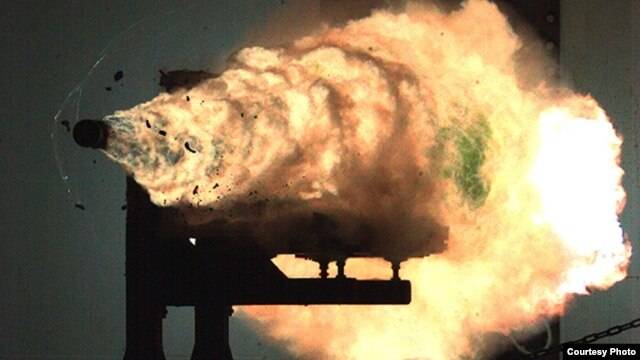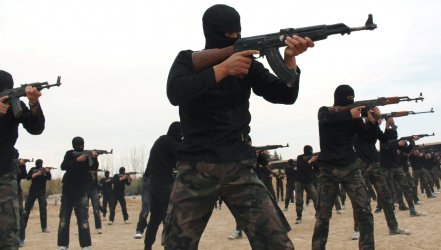- Sep 22, 2013
- 4,956
- 250
- 85
We've read numerous stories about terrorist cells in the Middle East developing/purchasing bio-chemical weapons for radical warfare.
What kinds of weapons does the US military develop to assert its position in the world of gun-play?
We know of the Stealth Bomber modelling and there are various reports of heart-stopping dart-guns and traction-stopping weapons.
The liquid nitrogen gun (LNG) has already been developed and is used for scientific purposes only (so far), but could the US military find the incentive to arm foot-soldiers with LNGs to literally become deadly 'icemen' to tackle the rogue guerrilla tactics of adversaries on foreign turf?
It seems that new age terrorism has opened up dialogue about weapons empiricism.
Article: CIA's Secret Heart-Attack Dart Gun
Article: "Ice gun" will help to fight riotous crowds

What kinds of weapons does the US military develop to assert its position in the world of gun-play?
We know of the Stealth Bomber modelling and there are various reports of heart-stopping dart-guns and traction-stopping weapons.
The liquid nitrogen gun (LNG) has already been developed and is used for scientific purposes only (so far), but could the US military find the incentive to arm foot-soldiers with LNGs to literally become deadly 'icemen' to tackle the rogue guerrilla tactics of adversaries on foreign turf?
It seems that new age terrorism has opened up dialogue about weapons empiricism.
Article: CIA's Secret Heart-Attack Dart Gun
Article: "Ice gun" will help to fight riotous crowds




